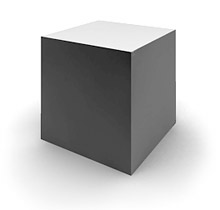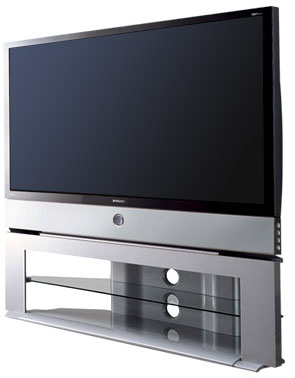|
Artemy Lebedev
§ 101. Perspective and vertical linesAugust 16, 2003 |
|
The word “perspective” stems from the Latin “perspicio”, i.e. “I see through”, “I look through”. |
|
Perspective was invented by a man and is one of artistic methods of representing three-dimensional objects on a plane (sometimes using other three-dimensional objects). A street, a building or a grey cube do not contain any information about perspective unless a man looks at them from some viewpoint. |
|
|
The human eye sees all plumb lines as vertical lines parallel with each other. It was known long before perspective was invented: artists have not always known how to render volume, but always could tell vertical lines from diagonal ones. |
 The building in the upper left corner of the icon and the benches the side angels are sitting on are painted in the so-called reversible perspective with observance of vertical lines |
A. Rublev. Trinity (late 1400s–early 1500s, State Tretyakov Gallery, Moscow) |
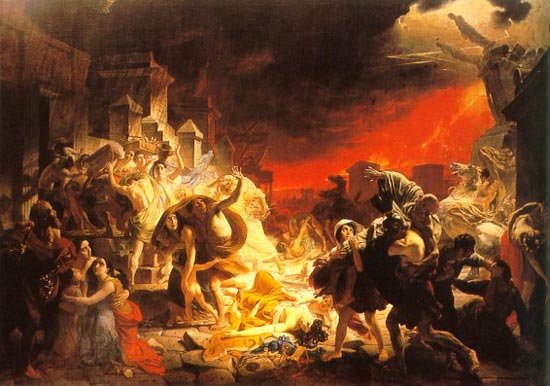 It is only the walls of collapsing buildings that are painted at an angle (the upper right corner) |
K. Bryullov. Last Day of Pompeii (1830–33, Russian Museum) |
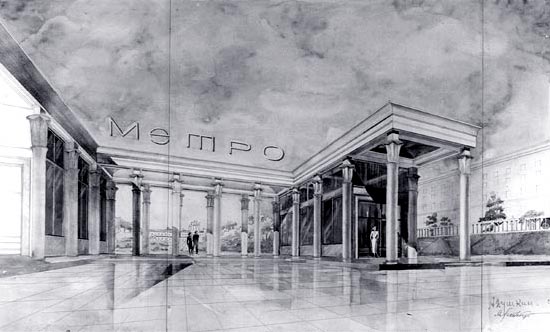 A sample of architecture for common Soviet people—the above-ground hall of a Moscow metro station |
A. Dushkin, Ya. Likhtenberg. Kropotkin Square (September 23, 1937, Shchusev Museum of Architecture) |
|
Architects used to draw vertical lines using a ruler, but no longer have the opportunity to do that now that they have a computer. Most of modern architecture software does not allow for creating proper visualization. Ample evidence is offered by real estate and construction companies’ leaflets. |
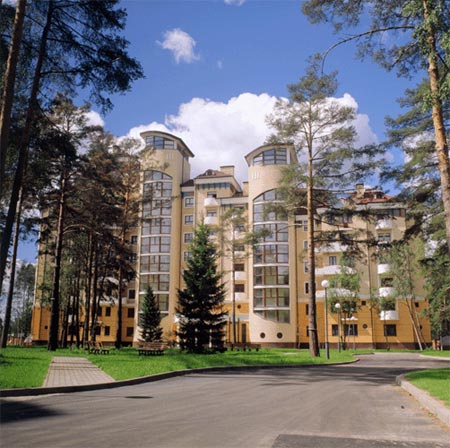 A sample of architecture for uncommon Soviet people—a housing estate in Kuntsevo-2 in the Moscow outskirts. There’s only one vertical line in the image (which also serves as the only straight line)—the rainwater pipe on the right hand side from the big fir tree |
Unknown author. Tikhomirovo elite housing estate (Peresvet-Invest ZAO) |
||
|
Here’s how it could have been done: 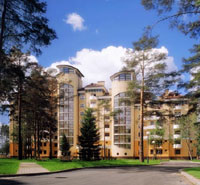 |
|
Obiter dictum |
The impossibility of getting a satisfying result from the computer modeling software is due to the broad availability of amateur photo cameras: distorted images have become routine to the extent that people not in the know believe it’s all in the day’s work. Before photographers lacking special equipment had to rectify perspective with the help of a magnifier. For that paper had to be placed at an angle that would make up for the distortion angle of the original. A professional camera with special lens allows for adjusting perspective by altering the position of lenses against the exposure field. |
|
The right perspective and lines perpendicular to the skyline are not required for images of buildings only. Whether or not the image was made by a professional will ultimately decide whether an object is positively perceived by viewers. |
|
|
|
A good illustration is always an argument in favor of the product’s upsides. A poor illustration underlines the sad truth. |
|
|
|


